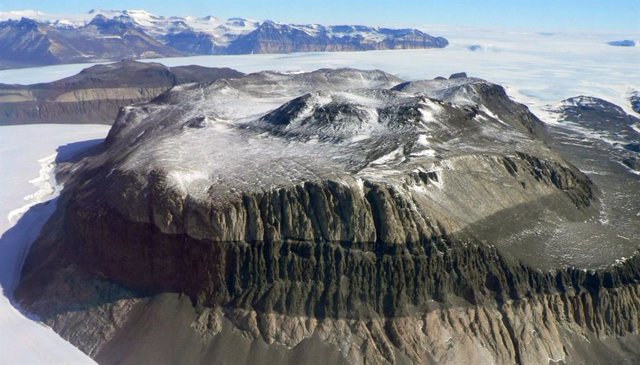
May 30. (EUROPE PRESS) –
New evidence has revealed that liquid water, a basic requirement for life, persisted in the McMurdo Dry Valleys in the interior of Antarctica. until about six million years ago.
This calculation is much later than that obtained with previous studies, which dated the disappearance of life in that region. 14 million years ago explains the associate professor at the Victoria University of Wellington, Marjolaine Verret, author of the new work, published in Nature Geoscience.
“Today, the high elevations of the McMurdo Dry Valleys are among the most inhospitable environments on Earth. But they were once warm and humid enough to support liverworts, mosses and shrubby trees,” says Verret. it’s a statement.
Studying beryllium-10 concentrations has allowed scientists to date when the valleys last had water.
“Meteoric beryllium-10 forms in the upper atmosphere and reaches Earth’s surface via rain. So we looked at concentrations of this chemical in 64 samples collected from 10 different wells in the Dry Valleys“.
Previous studies suggest that the Dry Valleys began to cool during the Middle Miocene Climatic Transition about 15 million years ago, with plant life disappearing entirely about a million years later. From then on it was thought that the highlands of the Dry Valleys remained permanently frozen and arid to this day.
“Our study provides strong evidence that the climate in the Valleys was not stable during this time. We found that water infiltrated the soil until the late Miocene, much later than previously suggested, and the Valleys they changed in intervals between a warm and humid climate and the dry polar aridity that we recognize today”.
“Determining when this landscape became arid is critical to our understanding of the response of glacier systems in Antarctica to changes in surface temperatures. Most importantly, this finding implies that the McMurdo Dry Valleys They are not a landscape frozen in time, are much more susceptible to climate change than previously anticipated.”
The samples used in Dr Verret’s research were collected as part of the Friis Hills Drilling Project, led by ARC Professors Richard Levy and Tim Naish, GNS Science, and supported by Antarctica NZ.
The team collected sediment cores from three locations in Friis Hills, which were then wrapped and stored in ice core boxes, before being transported to a “freezing lab” at Scott Base, where X-rays were taken. cores were later shipped and re-examined at an ice core facility at GNS Science.



